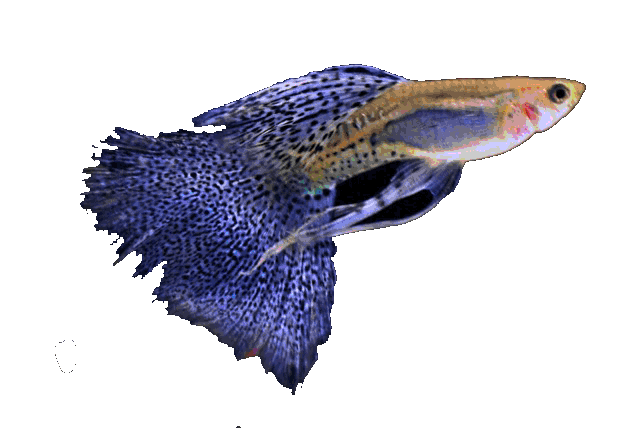



Neoheterandria elegant
Basic data:
Scientific name: Neoheterandria elegans (Henn; 1916)
Explanation of words: ( Neoheterandria - neo = new, heteros = different), (elegans = elegant)
Slovenian name:
Group: Livebirds
Source: South America ; Colombia, Rio Truando, a tributary of the Rio Atrato
Size: Males: 2 cm, females: 2.5 cm
Biotope / habitat : Rio Truando, shallow water full of aquatic plants
Social behavior: Very peaceful
Diet: Omnivore; small live food - especially Artemia nauplii and finely ground flakes
Cultivation: Easy
Aquarium: Minimum 20 liters
Population: two pairs per 30 liters of water
Decoration: Strong planting, shelters (Java moss)
Temperature: 24-28 ° C
pH: 7-8
Hardness: from 10 to 30 ° dGh
Lifespan: 3 years
Kingdom: Animalia / animals
Trunk: Chordata / string players
Class: Actinopterygii / arthropods
Order: Cyprinodontiformes / Toothpicks
Family: Poeciliidae / live-bearing toothed carp
Genus: Neoheterandria
Species: Neoheterandria elegans
(Henn; 1916)
Cultivation
These tiny creatures are ideal for nano aquariums. We arrange a low aquarium with a fine pebble base, lots of vegetation
(small-leaved plants, mosses and dwarf grasses)
We populate it with a colony of 5-6 pairs of fish. We arrange caves and hiding places for them so that the fish can retreat and hide their young.
They are a shy species that feels best in a species aquarium that is heavily overgrown, you can grow it together with dwarf fish of the species Corydoras and Ottocinclus, shrimp are also good companions.
Larger females may be prone to aggression.
The water should be crystal clear, with a gentle flow. We take care of regular water changes (25-40% per week), the temperature should never fall below 24 degrees.
Food
Neoheterandria is a micro predator and needs a small prey. It enjoys live and frozen Artemia (nauplii), Cyclops, small water fleas, aquatic insect larvae, grindal worms and microworms. Supplement the diet with finely ground flakes. The young first eat the infusion, and after a week the same food as the adults.
Reproduction
A container of 20-40 l of water where we settle them is enough. Weekly water change mandatory (25-40%).
For filtration, use a sponge filter or a suitable fine protection so that the young do not suck into the filter.
Males are tireless in their wedding dances and constantly chase after females. The male fertilizes the female with the help of a gonopod (the dorsal fin transformed into a sexual organ). It lays a pair of pups every 2-4 days.
The female can keep the offspring of different stages of development (superfetation). When a new brood is fertilized and begins to develop, the female stops providing nutrients for the older brood, the unborn pups continue their development with nutrition from the feeding sac. After about a month, the eggs of the oldest brood burst, and young only 2-3 mm in size are born. The fish are sexually mature after three months.
Depending on the strong planting, the young can be left with adults, but it is better to move them to another aquarium where they will progress faster, especially in growth.
Description of fish
The general base color is olive green with a series of vertical black stripes on the hips all the way to the tail fin. The number of lines in each fish is different and ranges between 6 and 9, and the thickness of the lines can vary depending on the individual, but the line directly above the anal fin is darker and wider than the others and bordered with gold. The abdomen below the flank is silver / white.
Odd fins are similar in color to the base color of the body, towards the end the fins become pale gray with a more pronounced gray / blue edge.



